Arduino Nano (with Headers)
$18.33 Original price was: $18.33.$12.83Current price is: $12.83.
- No Compromise on Quality
- 7-Day Returns, 100% Quality
- 100% High Quality Guarantee
- Quality and Affordability Combined

The classic Arduino Nano is the smallest Arduino board to build your projects with.
The Arduino Nano is a small, complete, and breadboard-friendly board based on the ATmega328 (Arduino Nano 3.x). It has more or less the same functionality of the Arduino Duemilanove, but in a different package. It lacks only a DC power jack, and works with a Mini-B USB cable instead of a standard one.
Getting Started
Find inspiration for your projects with the Nano board from the tutorial platform
Project Hub.
You can find in the
Getting Started with Arduino Nano
section all the information you need to configure your board, use the
Arduino Software (IDE)
, and start tinkering with coding and electronics.
From the
Tutorials
section, you can find examples from libraries and built-in sketches as well as other useful information to expand your knowledge of Arduino hardware and software.
Resources
- Development Environments
-
Arduino IDE
-
Arduino CLI
-
Arduino Web Editor
-
Arduino IoT Cloud
-
-
Getting Started
-
Project Hub
-
Arduino IDE Software
-
Board Size
-
Datasheet
-
Arduino Nano Pinout Diagram
Specifications
| Microcontroller | ATmega328 |
| Architecture | AVR |
| Operating Voltage | 5 V |
| Flash Memory | 32 KB of which 2 KB used by bootloader |
| SRAM | 2 KB |
| Clock Speed | 16 MHz |
| Analog IN Pins | 8 |
| EEPROM | 1 KB |
| DC Current per I/O Pins | 40 mA (I/O Pins) |
| Input Voltage | 7-12 V |
| Digital I/O Pins | 22 (6 of which are PWM) |
| PWM Output | 6 |
| Power Consumption | 19 mA |
| PCB Size | 18 x 45 mm |
| Weight | 7 g |
| Product Code | A000005 |
Be the first to review “Arduino Nano (with Headers)” Cancel reply
Related products
Maker Store
Maker Store
Breakouts & Modules
Kits & Projects
Breakouts & Modules
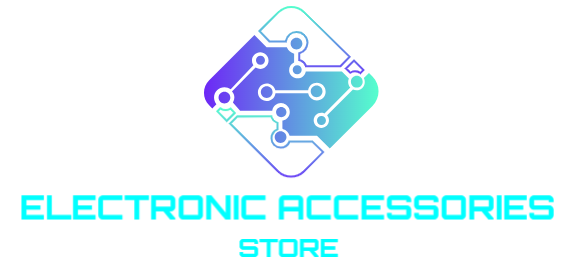
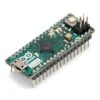
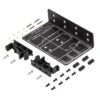
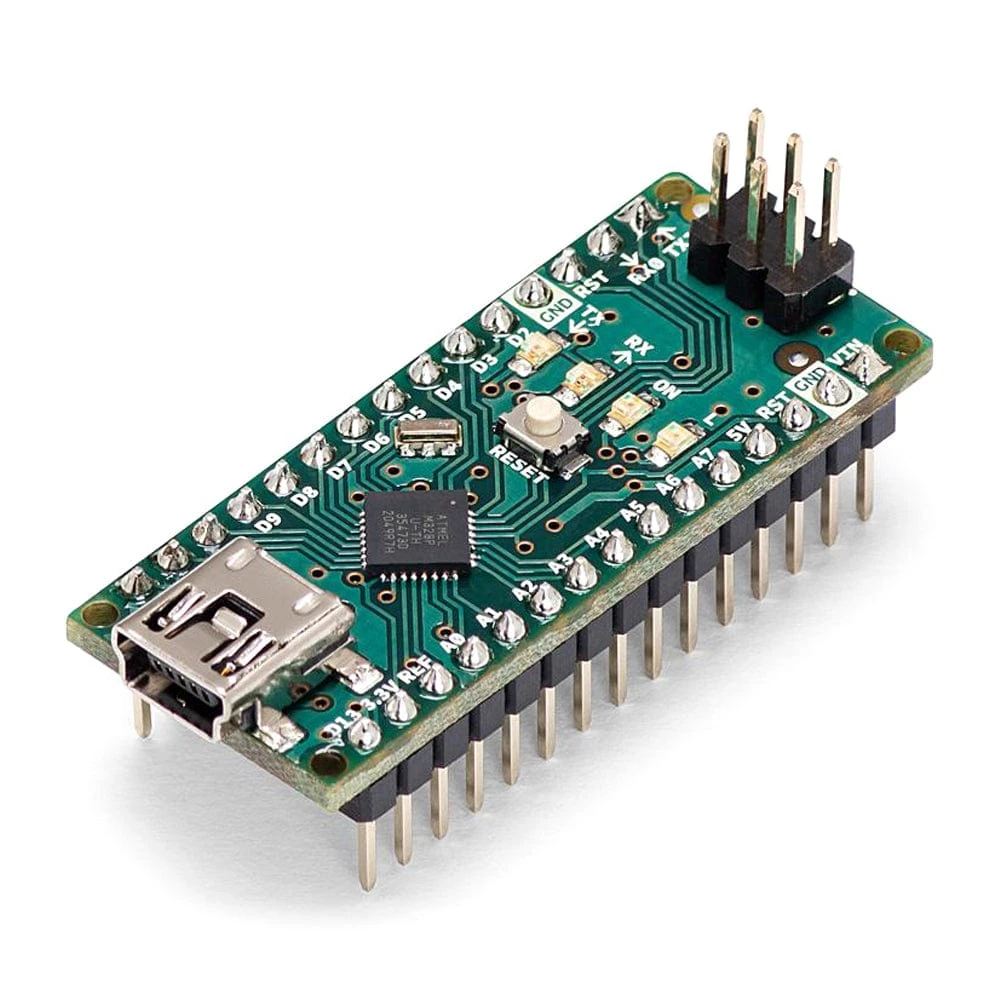

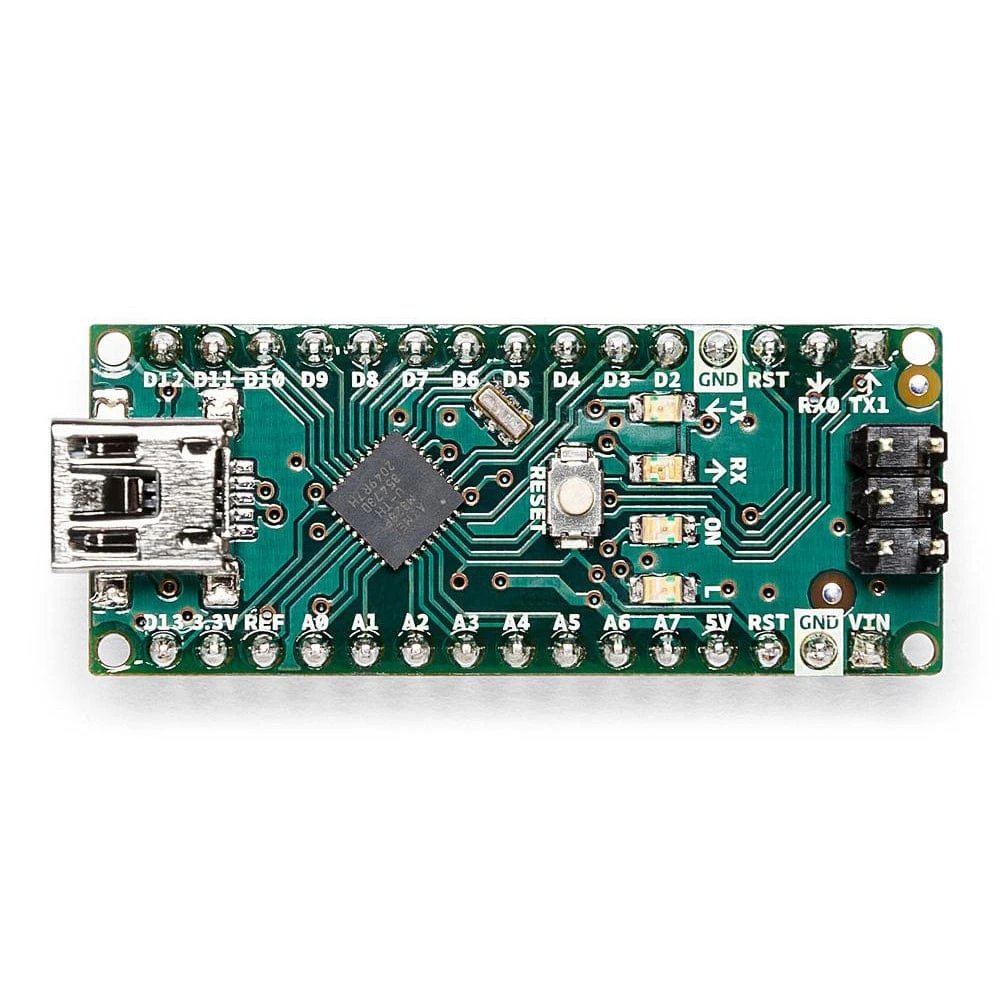

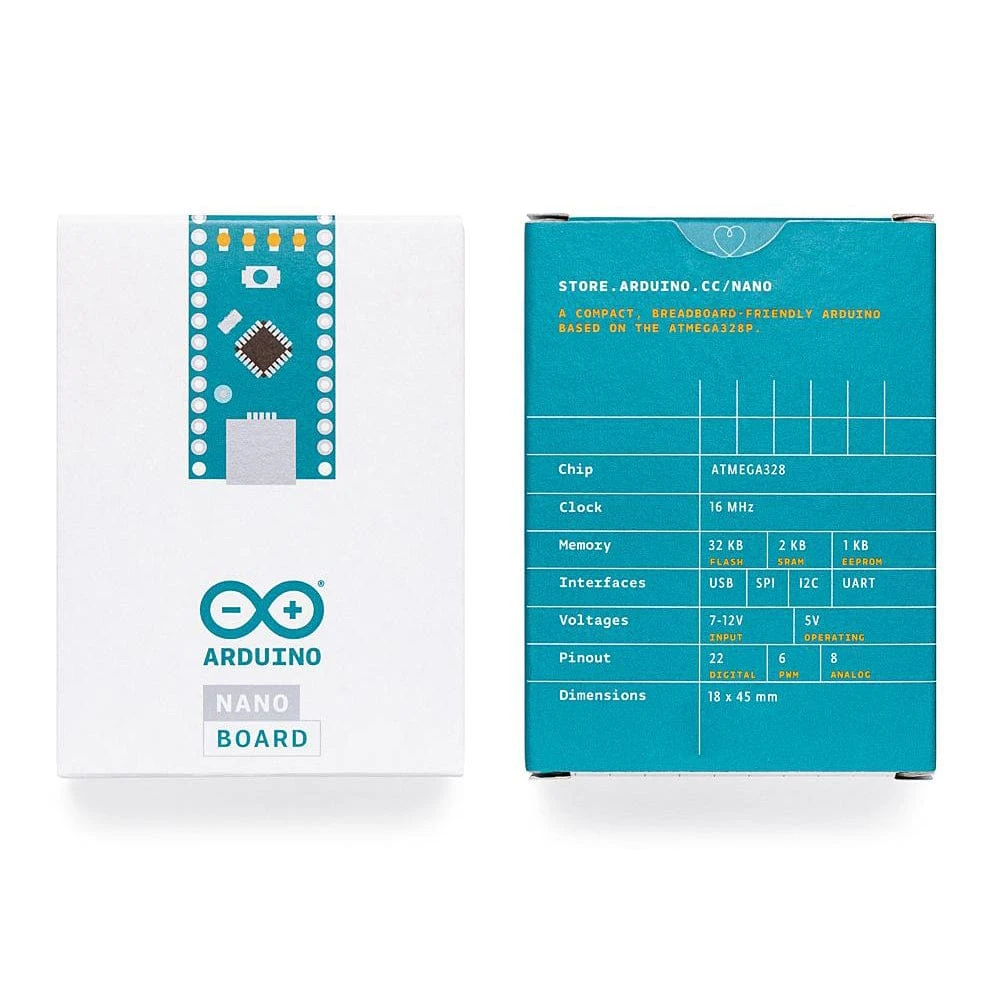


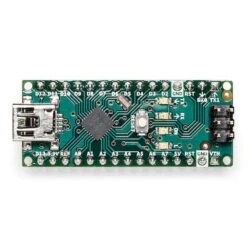


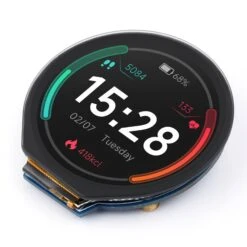

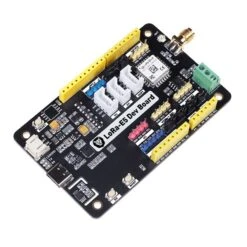
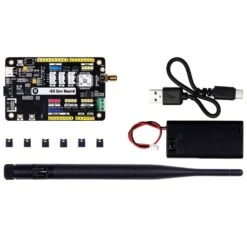
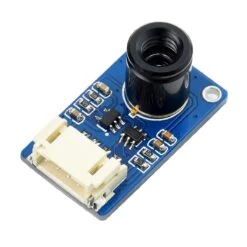
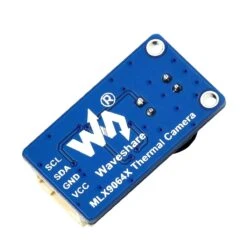
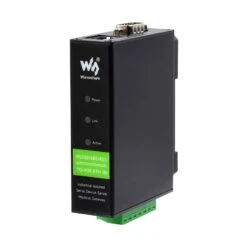
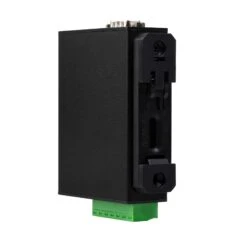
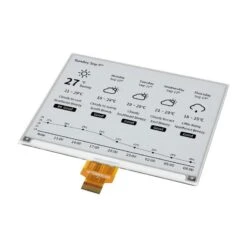


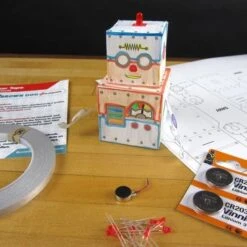


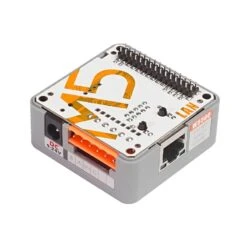
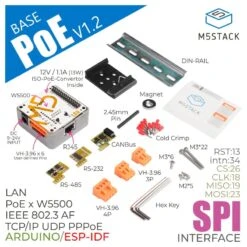
Reviews
There are no reviews yet.